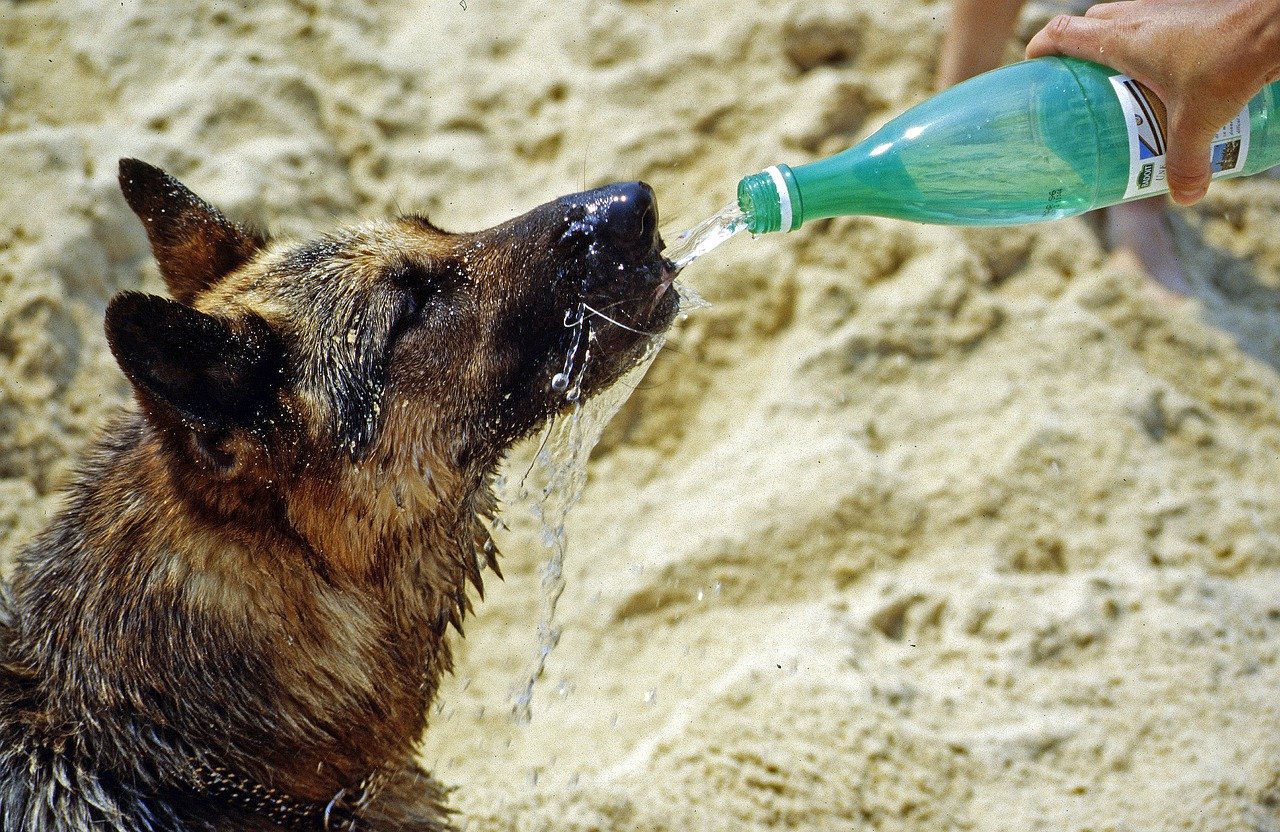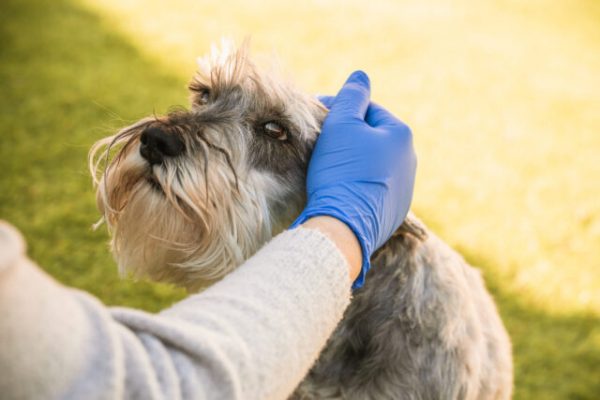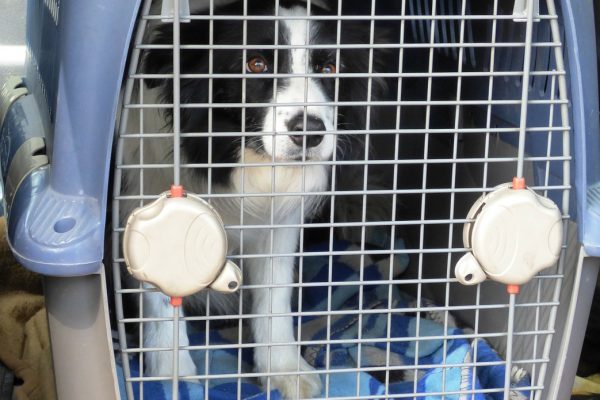Are you and your family prepared for a disaster?
September marks the observation of National Preparedness Month. Disasters can occur at any time and lead to potentially devastating outcomes. It is essential to prepare your family, pets and home for any type of emergency. Below are several steps that you can take to quiet your worries and ensure you are fully prepared if disaster strikes.
- Know Your Risks
It is important to be aware of the risks of certain disasters occurring in your area. There are many great maps that detail what natural disaster you may be at risk for depending upon where you live. Common risks for Ohio include severe storms, floods, tornadoes, and winter weather. Ensure your phone settings allow you to receive government notifications and register for local emergency alerts so you can remain aware of any real-time alerts in your area. The National Weather Service also sends out warnings on their free NOAA Weather App. Lastly, be sure to check your insurance coverage so that you, your loved ones and home are properly protected.
2. Formulate a Plan
An emergency plan should consist of a list of family members (including pets), important contact information and a plan of action. The plan of action helps determine escape routes, meeting locations, personal responsibilities and methods of communication in case of a disaster. When choosing a safe place to go be sure to inquire as to whether your chosen accommodations are pet-friendly if you have a furry family member. The American Red Cross has a disaster plan template that can be used or referenced to create your own emergency plan. Your plan should be updated every 6-12 months and all family members involved should review and practice your protocol.
3. Create a Disaster Preparedness Kit
Your preparedness kit will provide you with the critical supplies you may need in case of emergency. If you live with pets you should create one for them and one for yourself. Ready.gov recommends storing your supplies in air-tight bags and placing them in a container or a duffel bag that is easy to carry. Check out their emergency supply list to find out what essential items you should pack. Some examples include 3 days of water and food, flashlights and back-up batteries, a whistle, wet wipes and a trash bag for sanitation, maps and a first aid kit. Your pet’s kit should at the minimum include 3 days of food and water, medications, medical records with a pet photo, collar/leash with ID tags, crate and a first aid kit. The CDC and PetFBI both have very helpful lists of what to put in your pet’s preparedness kit.











